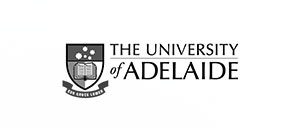Shoulder Surgery
Shoulder Anatomy
The shoulder joint is a “ball and socket” joint that enables the smooth gliding and thereby the movements of arms. However, it is inherently unstable because of the shallow socket. A soft rim of cartilage, the labrum lines the socket and deepens it so that it accommodates the head of the upper arm bone better.
Common Injuries and Diseases of the Shoulder Joint
Some of the most common shoulder joint problems include:
- Rotator cuff tears
- Arthritis
- Impingement
- Fracture
- Dislocation
- Instability
- Labrum tear
Shoulder problems can cause common symptoms such as pain and inability to move or raise your arm. As with most injuries, early treatment is important in achieving the best outcomes and preventing further tissue damage.
Shoulder Surgery
The first line of treatment for most shoulder problems is conservative treatments such as pain and inflammatory medications, rest, R.I.C.E., immobilisation and physiotherapy. Surgery is usually suggested when these non-surgical treatments fail to relieve your symptoms.
Shoulder surgery may be performed through the open approach, where a large incision is made to access problem. With recent advances, a minimally invasive approach is usually performed, where small incisions are made to insert the surgical instruments as well as an arthroscope, a long narrow viewing tube with a camera, which allows your surgeon to have a magnified view of the surgical site on a video monitor.
Through these approaches, your surgeon can repair, reconstruct or replace the damaged tissues with prosthesis.





